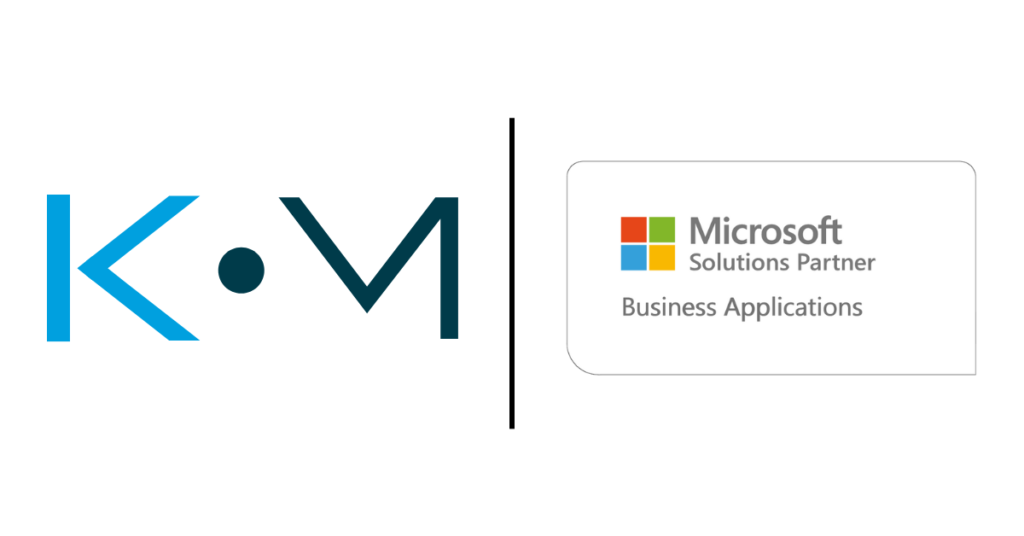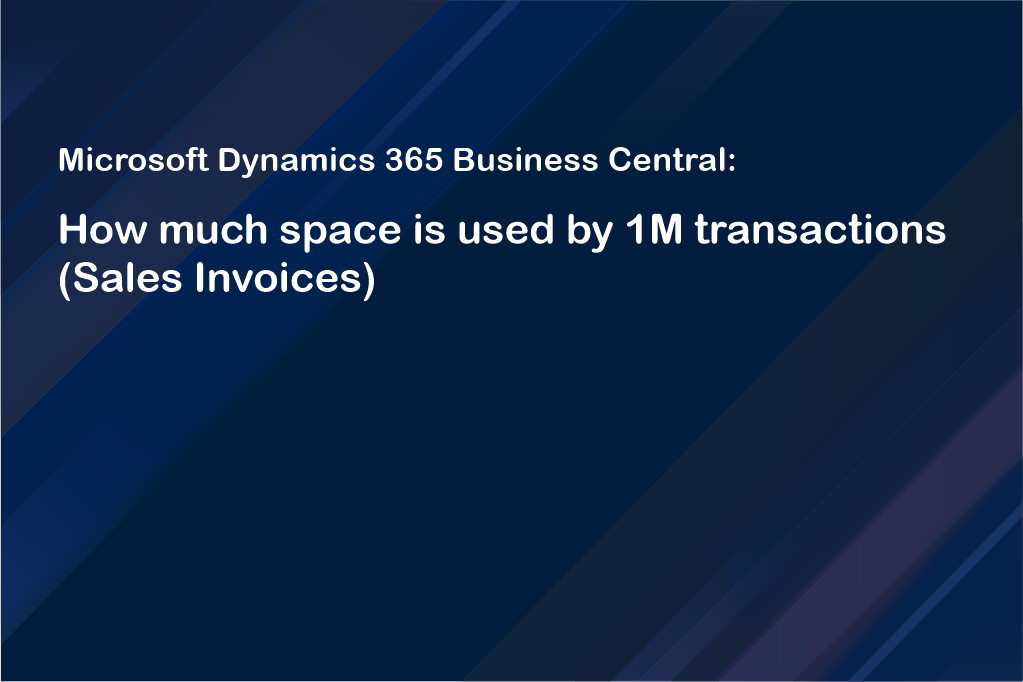
In today's fast-paced digital world, organizations are continually seeking innovative ways to enhance productivity and streamline operations. One of the most significant steps many businesses are taking is migrating to Microsoft 365, commonly referred to as Office 365 migration. A well-executed migration can lead to improved efficiency, better collaboration, and a more secure infrastructure. However, the transition to Microsoft 365 requires careful planning and execution to ensure minimal disruption to day-to-day operations. This blog outlines the best practices for a smooth Office 365 migration, offering valuable insights into pre-migration assessments, migration strategies, and post-migration optimization. By following these practices and leveraging the expertise of KMicro, your organization can ensure a seamless transition to Microsoft 365.
Pre-Migration Assessments and Readiness
Before starting any Office 365 migration, the first critical step is to assess your organization’s current environment. Understanding your existing infrastructure, software, and workflows is essential for determining the best approach to migration. This phase should include a comprehensive evaluation of your network, hardware, software, security protocols, and user training needs.
A thorough pre-migration assessment helps identify potential challenges and risks, such as compatibility issues, data security concerns, or gaps in user skills. At KMicro, we provide Managed IT Services to evaluate your current systems, ensuring they are ready for a smooth transition. Our team will work with you to identify any infrastructure upgrades or adjustments needed to facilitate the migration process.
Additionally, it’s essential to assess the specific needs of your teams. Different departments within your organization may have varying requirements for the migration, especially when it comes to custom applications or specific file storage needs. By understanding these requirements early on, you can ensure that all areas of the business are properly supported during the migration.
Step-by-Step Migration Strategy
Once the pre-migration assessment is complete, it’s time to plan and execute the migration. A well-structured migration strategy is crucial for ensuring minimal downtime and disruption. At KMicro, we recommend breaking down the migration process into clear, manageable phases.
1. Data Backup and Security
Before migrating any data, ensure that a robust data backup strategy is in place. This step helps safeguard critical business information in case of unexpected issues during the migration process. KMicro’s team can guide you through creating a secure backup plan that ensures your data is protected throughout the transition.
2. Pilot Migration
Instead of migrating all users and data at once, consider conducting a pilot migration with a small group of users. This allows you to identify any potential issues in the migration process and fine-tune your approach. During this phase, you can test the migration of emails, documents, calendars, and other business-critical data to ensure everything works as expected before proceeding with the full-scale migration.
3. Full-Scale Migration
After a successful pilot migration, the next step is the full-scale migration of all users, data, and applications. This phase should be carefully coordinated to avoid disrupting your business operations. KMicro will work with you to schedule migration windows, ensuring that data is moved efficiently and downtime is kept to a minimum. We also offer Modern Workplace solutions to support the migration process, optimizing your environment for better productivity.
4. User Training and Adoption
Once the migration is complete, it’s crucial to ensure your team is fully trained on Microsoft 365. Offering training on Microsoft Teams, OneDrive, Outlook, and other tools will help your employees leverage the full capabilities of the new platform. At KMicro, we provide ongoing training and support to ensure that your employees can navigate the new system with ease, maximizing productivity and reducing the learning curve.
Post-Migration Optimization and Ongoing Support
The migration doesn’t end when the data has been transferred. Post-migration optimization is crucial to ensure that your new Microsoft 365 environment is running smoothly and efficiently. This phase involves refining your system settings, monitoring performance, and addressing any issues that arise.
1. System Optimization
After migration, take the time to fine-tune your Microsoft 365 environment to ensure it aligns with your business needs. This includes optimizing settings for security, collaboration tools, and user permissions. With our Managed IT Services, KMicro can ensure that your Microsoft 365 environment is fully optimized for the best possible performance.
2. Ongoing Monitoring and Support
Ongoing monitoring is key to identifying any potential issues before they become major problems. KMicro offers continuous support to help you monitor the health of your Microsoft 365 environment. With our proactive management services, we can help you resolve any issues quickly and efficiently, keeping your business operations running smoothly.
3. Feedback and Continuous Improvement
As part of post-migration optimization, it’s essential to gather feedback from users and address any challenges they may face. By continuously evaluating and refining your Microsoft 365 environment, you can ensure that it meets the evolving needs of your business. At KMicro, we offer continuous optimization services to help you get the most out of your investment in Microsoft 365.
Benefits of Office 365 Migration
The benefits of migrating to Microsoft 365 extend far beyond just having the latest software. By embracing Office 365 migration, organizations can enjoy:
1. Improved Collaboration
Microsoft 365 tools such as Teams, SharePoint, and OneDrive foster improved collaboration across teams and departments. With cloud-based storage and real-time document collaboration, employees can work together more efficiently regardless of their location. KMicro's team can help you integrate these tools seamlessly into your daily workflows.
2. Enhanced Security
Microsoft 365 offers advanced security features, such as data encryption, multi-factor authentication, and threat protection. By migrating to Microsoft 365, your organization can benefit from these enhanced security measures to protect sensitive data and mitigate risks. At KMicro, we provide Cybersecurity solutions to ensure that your Microsoft 365 environment remains secure throughout the migration process.
3. Cost Savings
Moving to Microsoft 365 allows businesses to reduce the costs associated with managing on-premise hardware and software. The subscription-based model of Microsoft 365 ensures that your business only pays for what it needs, allowing you to scale up or down as required. By using KMicro’s expertise in Office 365 migration, you can minimize unexpected costs and optimize your subscription plan.
Conclusion
Migrating to Microsoft 365 can greatly enhance your organization’s productivity, collaboration, and security. By following best practices for pre-migration assessments, a structured migration strategy, and post-migration optimization, you can ensure a smooth and efficient transition. At KMicro, we specialize in Office 365 migration, offering comprehensive support throughout the process—from initial planning and deployment to ongoing optimization and support.
-

Microsoft Viva Explained: Unlocking the Power of the Viva Platform and Viva Exchange
28 Mar, 2025
-

From Bland to Brilliant: Make Power Automate Notifications Everyone Loves (and Subscribes To)
27 Feb, 2025
-

Accelerate Your Business Growth with Microsoft Dynamics 365 Business Central
04 Nov, 2024
-

Are your Business Applications Secure?
13 Sep, 2024
-

Microsoft Dynamics 365 Business Central: How much space is used by 1M transactions (Sales Invoices)
20 Sep, 2022